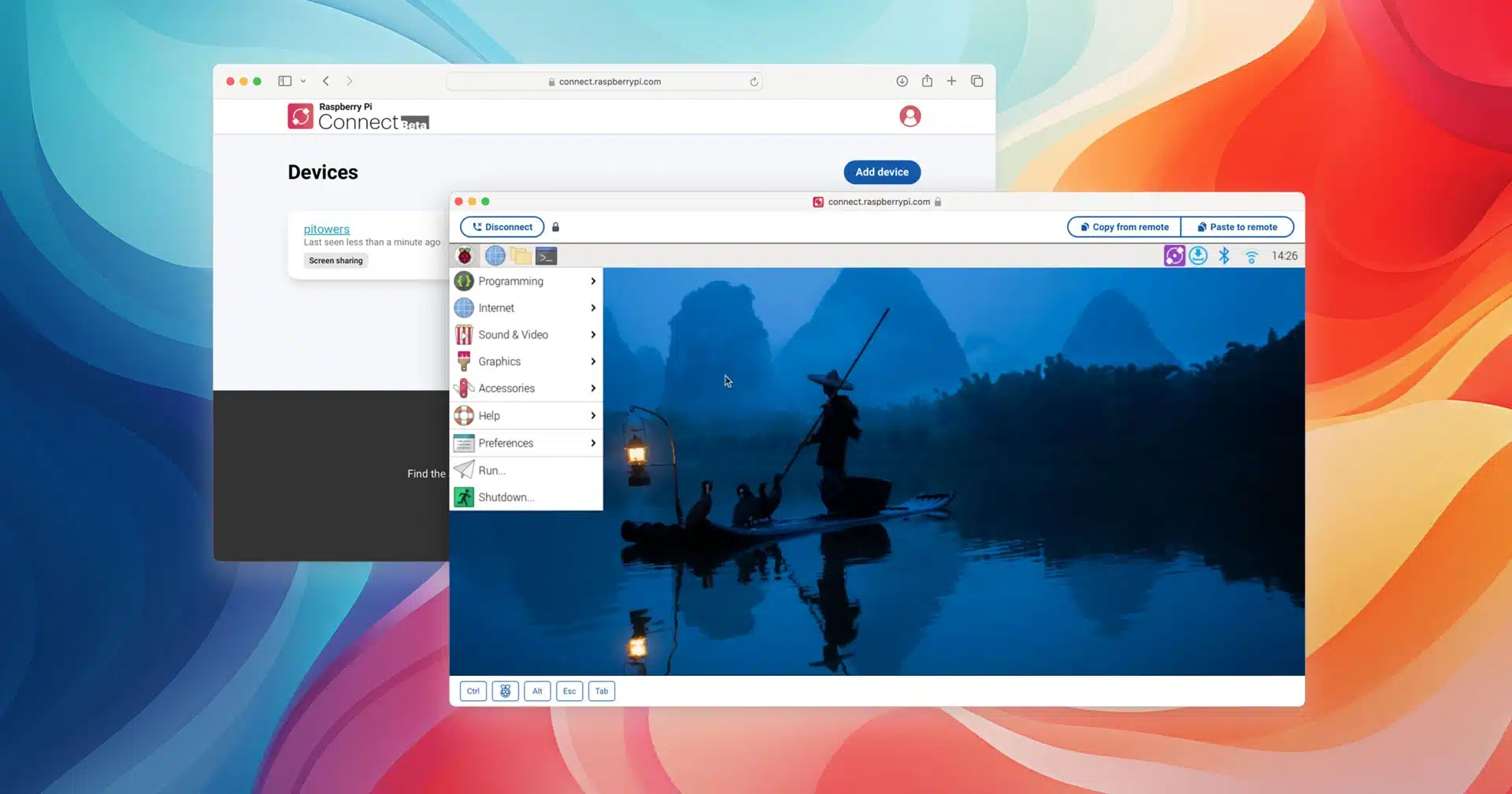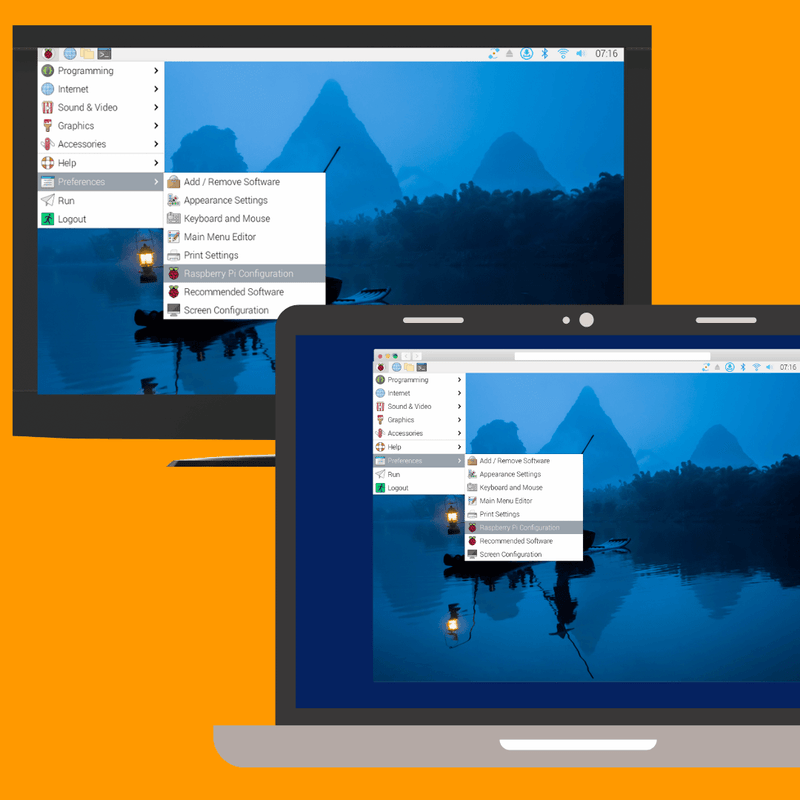Are you tired of clunky setups and limited access to your Raspberry Pi? Unlock the full potential of your projects with seamless web browser access, empowering you to manage your devices from anywhere with unparalleled convenience.
The digital landscape is increasingly defined by remote accessibility, and the Raspberry Pi, a marvel of compact computing, is no exception. Many ambitious projects built around this versatile device necessitate remote management and monitoring. Often, this involves running a web server to display status pages or interact with the system. But how do you efficiently and securely access your Raspberry Pi's capabilities without the hassle of complex configurations or the limitations of direct connections?
One of the primary challenges stems from the inherent nature of some operating environments. For instance, Kodi, a popular media center software, lacks a built-in web browser. This necessitates alternative methods for achieving web access. The common approach involves installing an X11 environment, which provides the necessary framework for running a web browser. This opens up a world of possibilities, allowing you to interact with your Raspberry Pi as if you were sitting right in front of it, albeit remotely.
When tackling the issue of web browser accessibility for your Raspberry Pi, consider exploring various approaches. One common method involves setting up a file browser web interface directly on your device. This gives you the power to manage files and navigate the system's directory structure remotely. Another, particularly intriguing option involves leveraging "Raspberry Pi Connect," a newly launched solution by the Raspberry Pi Foundation. This service simplifies and secures access to your Raspberry Pi OS, enabling you to connect to your desktop and command line directly from any modern web browser. This eliminates the need for extra software and grants access from virtually anywhere.
For those venturing down the path of web browser access, the default browser on Raspberry Pi OS is Chromium. While it may not be the speediest option, it's a decent choice. You can also install Firefox, but it might need some optimization to run at its best. The aim is to make your Raspberry Pi usable from any modern web browser without any extra configuration.
The advantages of web browser access are multifold. Its particularly useful for "headless" setups where the Pi operates without a connected monitor, keyboard, or mouse. This setup allows you to access your Raspberry Pi's desktop environment through a web browser. This means you can interact with your Raspberry Pi from your phone, tablet, or any other device. It also eliminates the need to install any extra software, which is helpful for users who want to manage their devices from anywhere.
For example, imagine you're working on a project that requires monitoring real-time data from sensors connected to your Raspberry Pi. With web browser access, you could create a custom web server that displays this data graphically. Then you can access this data from your office, across the country, or even the world. This can be a game-changer for any number of projects, opening a world of possibilities.
The path to achieving this web browser access is relatively straightforward, its all about finding the right approach that works for your needs. Consider exploring the file browser web interface method or taking advantage of the Raspberry Pi Connect service. Raspberry Pi Connect lets you connect through any modern web browser and provides remote access in a streamlined and secure manner. Using this method, you can sign into your device from the terminal. Then, a unique URL appears within the terminal. Through the URL, you get to access your Raspberry Pi from any browser.
If youre setting up openmediavault on your Raspberry Pi, note that it does not support a HTML server. If you have set up SMB or CIFS on your client for openmediavault, you might be able to access it as files from the browser, but this is beyond the scope of this guide. So, you might be able to explore other methods for getting things running on your Raspberry Pi.
Another crucial point is the security of the remote access. Using a secure method to connect your Raspberry Pi desktop environment helps prevent unauthorized access to your data. This feature helps safeguard your device from any security threats. With the Raspberry Pi Connect solution, you can connect to your Raspberry Pi securely.
One less common but still valid way is using a file named 'ssh' (without an extension) and placing it in the boot directory of the Raspberry Pi's SD card. The method has its advantages, though not widely adopted. The approach enables remote command-line access, which might be enough for some users.
In summary, accessing your Raspberry Pi via a web browser offers significant advantages in terms of convenience, and ease of use. The Raspberry Pi Foundation is taking steps to make remote access even easier and more secure with Raspberry Pi Connect. Accessing your Raspberry Pi with a web browser enables you to manage your devices from anywhere. With the right tools and knowledge, you can unlock the full potential of your Raspberry Pi projects. Whether it's for custom projects or general use, the ability to manage your Raspberry Pi is a great tool to have at hand.
Here is a simple guide to help you through setting up file browser on your Raspberry Pi:
- Installation: Start by updating and upgrading your Raspberry Pi's software packages. This ensures that you have the latest versions and dependencies for the file browser.
- Configuration: Once you have the file browser installed, you need to configure it. This typically involves setting up user accounts and specifying the directories that you want to be accessible through the web interface.
- Access: After the setup, you can access your file browser through a web browser by entering the appropriate IP address and port number of your Raspberry Pi. You will then be able to navigate your files remotely.
Many Raspberry Pi projects often involve running a web server, enabling you to display custom status pages or interact with your projects through a web browser. For example, if you are working on a project that requires the monitoring of live data from sensors connected to your Raspberry Pi, setting up a web server gives you the ability to display the data visually.
The choice of web browser on a Raspberry Pi depends on your needs and resources. Chromium, the default browser, works well and is readily available. Firefox is another option. However, you may need to do some optimization. When choosing a browser, consider the hardware capabilities of your Raspberry Pi and the resources the browser will require.
| Feature | Details |
|---|---|
| Objective | To provide remote access to your Raspberry Pi via a web browser for management and control. |
| Methods |
|
| Benefits |
|
| Challenges |
|
| Tools/Technologies |
|
| Security Considerations |
|
| Use Cases |
|
Remember to keep the software and OS updated and maintained. Also keep the same security practices in the process.


